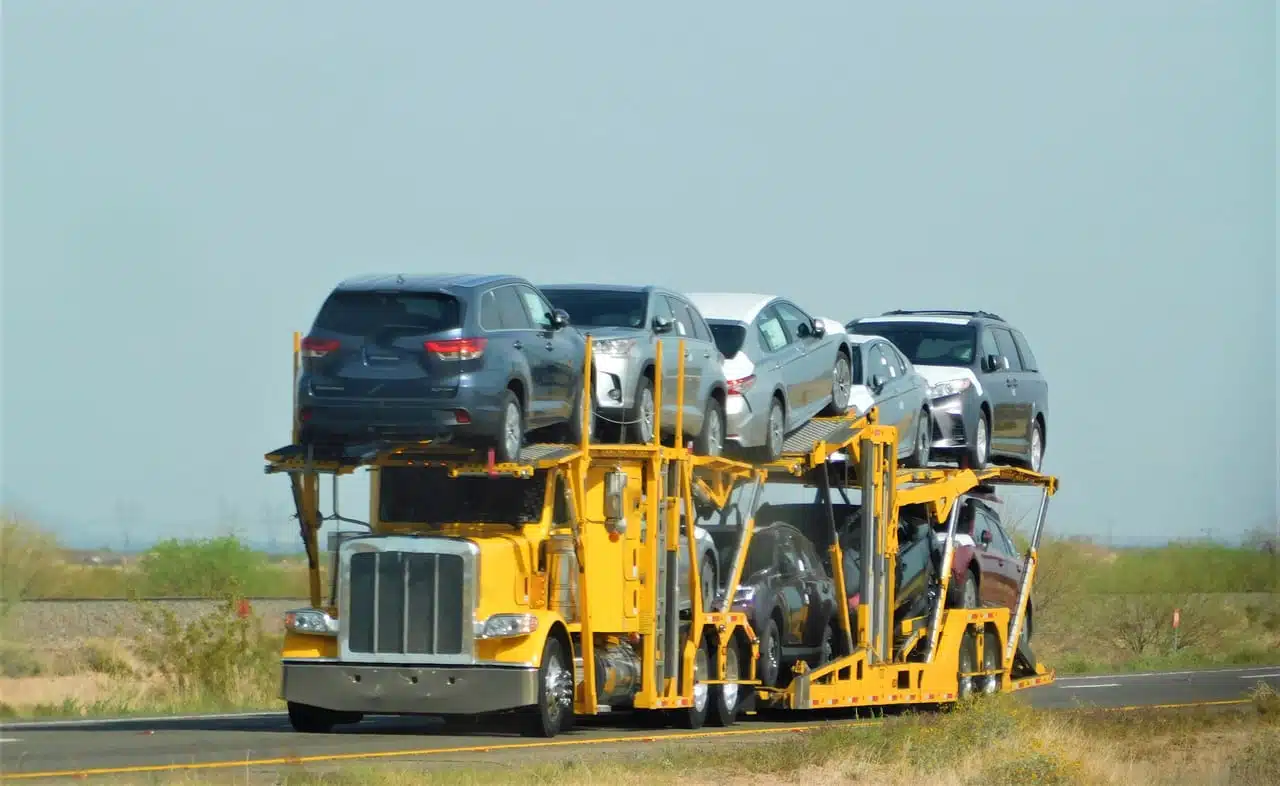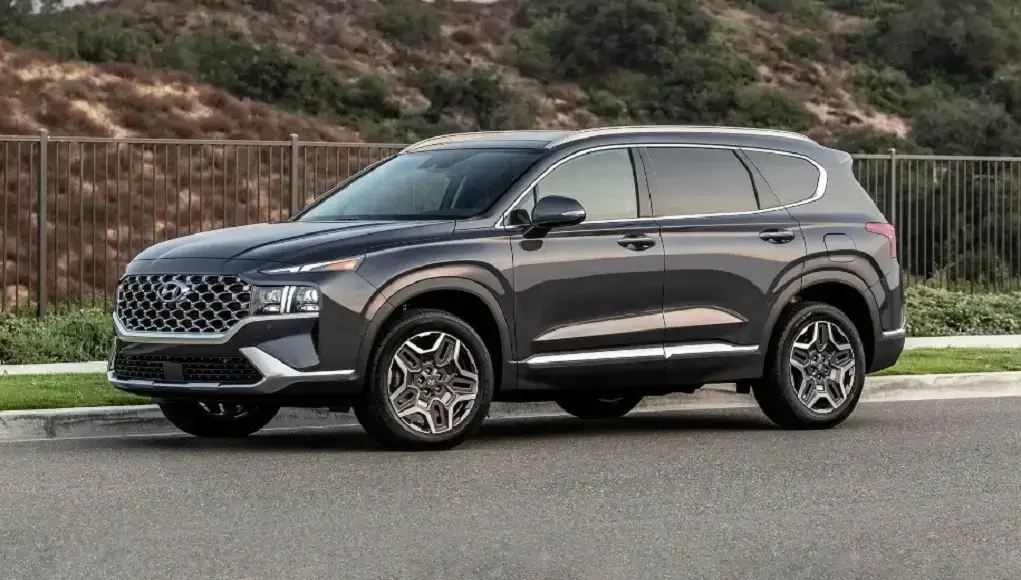
Business Insider

Getty Images
-
In early 2020, with the company under stress from Wall Street and with a demographic challenge looming as it struggled to attract new riders, Harley-Davidson CEO Matt Levatich stepped down, replaced on an acting basis by board member Jochen Zeitz, who eventually was named CEO.
-
Zeitz swiftly moved to replace Harley’s growth strategy with a retrenchment around core products.
-
Harley has been here before, and Zeitz’s strategy — “Rewire,” as he calls it — could work, but it isn’t without risk.
Former Harley-Davidson CEO Matt Levatich had an impossible job.
And now no longer does. He was replaced earlier this year by Jochen Zeitz, onetime CEO of Puma and longtime Harley board member.
He wasted no time first as interim CEO, when on a first-quarter earnings conference call with analysts, he abruptly reversed course on Levatich’s “More Roads” transformation plan.
“We’ve continued to move forward with the highest potential elements of More Roads, but our strategy must be reassessed,” Zeitz said.
“As a result of my observations and assessment, I’ve concluded that we need to take significant actions and rewire the company now in terms of priorities, execution, operating model and strategy to drive sustained profit and long term growth. We’re calling it The Rewire and it is our playbook for the next few months, leading to a new five-year strategic plan which we’ll share when visibility to the future returns.”
Soon after, the Harley board made Zeitz’s appointment permanent.
More recently, Bloomberg’s Gabrielle Coppola summarized the puzzle that Zeitz presents.
“What is Jochen Zeitz, a European environmental activist and celebrated African art collector, doing behind the
handlebars of the US’s most iconic motorcycle manufacturer?” she asked.
“He’s trying to save it from becoming an anachronism.”
But how, besides cutting products and headcounts, is Zeitz going to pull this off? Here’s what Harley’s new direction means for the American icon:
Harley-Davidson has been building motorcycles in the USA for 117 years. In many ways, it’s the definitive American company, with a product that combines both its own values and America’s.

Getty Images
Former CEO Matt Levatich hoped to ensure that heritage for another 100 years, so he undertook a transformational plan that would increase ridership, expand to new markets, and attack new opportunities.

Rajesh Kumar Singh/Reuters
It was a good example of dynamic leadership, and initially Harley, Levatich, and a newly elected President Donald Trump found common ground. But that relationship later soured.

Reuters
Levatich wanted to build Harleys where there were sold, especially in Asia, and
that strategy ran afoul of Trump’s “build it here” bias. Harley also found itself a victim of Trump’s trade wars, as the highly symbolic motorcycle maker was retaliated against when the Trump administration started to level tariffs on imports.
In early 2020, the Harley board made a change. Levatich resigned, replaced by board member Jochen Zeitz, who had served as CEO of Puma. Zeitz immediately abandoned Levatich’s strategy.

ullstein bild/Getty Images
“I will strongly believe we need to tie the focus on our core markets and as I had mentioned, you know there are some markets that our biggest profit-drivers,” Zeitz told Wall Street analysts.
“[For] some of the international markets, not just from a profitability point of view, but from a potential point of view … I think there will certainly be some de-emphasizing in order to create increased focus.”
Harley has been here before. The company almost always seems to be up against balancing a growth mindset with a preserve-the-core attitude. The 2008-09 financial crisis meant that Harley shed the Buell sport bike sub-brand.

David Cooper/Getty Images
But Harley’s ambitious electric future also seemed in doubt. The company’s highly-touted LiveWire bike launched with a hefty price tag — $30,000 — and wasn’t an instant success.

Harley-Davidson
LiveWire was front-and-center at the company’s booth for the 2019 New York Motorcycle Show, however.

Matthew DeBord/BI
The electric-motorcycle market is tricky. It’s currently quite small, with limited competition. LiveWire goes up against bikes from Zero, for example.

Zero
Harley also wants to grow in new markets, mainly in Asia, where motorcycles are everyday transportation, rather than costly weekend toys. That means small bikes, such as this sub-400cc model.

Harley-Davidson
But meanwhile, expensive, hulking freeway cruisers remain at the core of Harley’s business.

Pablo Martinez Monsivais/AP Images
They represent the entire Harley live-to-ride lifestyle.

Scott Olson/Getty Images
But those loyal customers are aging. And they aren’t being replaced by new riders in large enough numbers to sustain Harley long-term.

Getty Images
That’s the new CEO’s biggest challenge: avoid offending the reliable customer while simultaneously protecting the business from future rivalries.

Getty Images
Wall Street has been skeptical. Harley’s share price has been in decline for years.

Markets Insider
On its home turf, the brand is under assault from upstarts such as India’s Royal Enfield, which is going after the small-displacement market with low-cost bikes that appeal to city-dwellers.

Matthew DeBord/BI
Ducati has developed an entire sub-brand around its Scrambler line of fun, outdoorsy, adventurous two-wheelers.

Ducati
And the Japanese haven’t gone away. They’ve been selling Harley alternatives for decades.

Matthew DeBord/BI
Harley has also been battling a resurgent Indian manufacturer for the throwback, big-bike market.

Hollis Johnson
The toughest question for Zeitz is whether Harley’s iconic, all-American image is in terminal decline.

Getty Images
It’s a distinct possibility. Younger people, at least before the coronavirus pandemic, were embracing urban lifestyles that didn’t have room for large, loud motorcycles intended for the wide-open roads of the USA.

Ironically, Harley’s best shot at a revival might not be to focus exclusively on its legacy customer but rather to build ridership in new markets and graduate those customers from small bikes to big ones. But that’s an untested playbook. It remains to be seen if Zeitz can pull it off.

Thomson Reuters
However, in the short term, it looks like Zeitz is looking for more immediate savings, and intends to slim Harley down.

Harley-Davidson
“He’s dismissed roughly 14% of Harley’s workforce, including the chief operating officer, finance chief, and a swath of midlevel managers,” Bloomberg reported.
Those moves could please Wall Street, and Harley shares are up about 16% over the past month, trading higher than a June, and well off a $15 nadir from April. But the stock remains down almost 20% since the beginning of the year.
Obviously, taking the open road on a motorcycle is a reasonably safe activity, in the age of the coronavirus pandemic. But Zeitz is going to need to prove that his strategy can attract customers to the Harley brand — and get them to pay a premium.
Read the original article on Business Insider




More Stories
IONIQ 5 N Pre-Production Model Lands in Europe
Flash Drive: 2023 Toyota Prius Hybrid
How To Make Sure Your Vehicle Remains Five-Star | FunRover